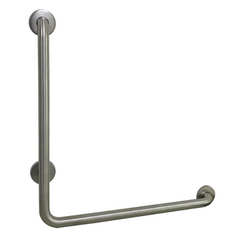Get [PRO] Pricing
Get [PRO] Pricing
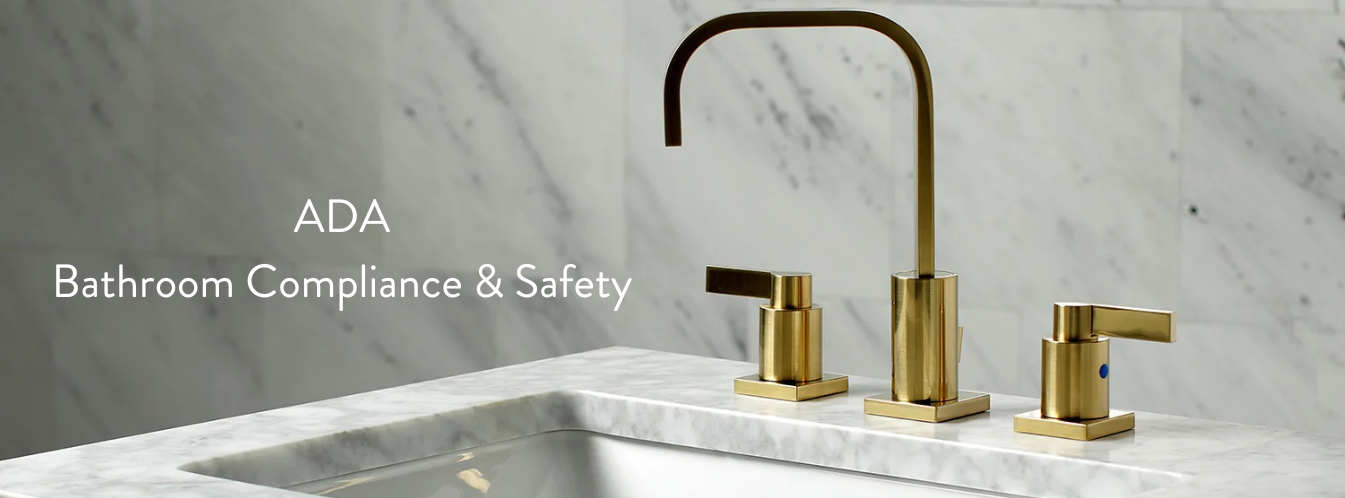
In today's society, inclusivity and accessibility have become serious considerations in various aspects of our lives. When it comes to designing and equipping spaces like kitchens and bathrooms, it's essential to prioritize the needs of individuals with disabilities. Creating an ADA-friendly environment promotes that everyone, regardless of their physical abilities, can navigate and utilize these spaces with ease and independence.
The Americans with Disabilities Act (ADA) sets forth guidelines and standards for making public and private facilities accessible to individuals with disabilities. These guidelines cover a wide range of requirements, including fixtures and features in kitchens and bathrooms. ADA-compliant fixtures are designed to accommodate people with limited mobility, dexterity, or sensory impairments, enabling them to perform everyday tasks comfortably and safely.
As Kingston Brass has a vast variety of faucets, and endless handle designs for each respective faucet, it’s important to know what makes a faucet truly inclusive. ADA approval means that the faucet handles meet the specific requirements outlined in the ADA guidelines. These requirements are carefully designed to facilitate easy operation for individuals with limited dexterity or strength in their hands.

To meet ADA compliance standards, faucet handles must possess certain design features that enhance accessibility and usability. For ADA approval, handles and levers should not require more than 5 pounds of force to operate. Here are a few more requirements for ADA friendly fixtures:
Clear Markings
ADA-compliant faucet handles often have clear and easy-to-understand markings or indicators. These can include visual symbols or text that denote the "on" and "off" positions or provide hot and cold water indicators for users with visual impairments.

Contrast and Visibility
The handle should have good contrast with the surrounding wall or fixture to make it more visible and easily distinguishable for individuals with visual impairments. Use color contrast, such as a dark handle against a light-colored wall, or tactile indicators to enhance visibility.
Anti-Scald Protection
To prevent scalding, it is advisable to have a shower valve that incorporates anti-scald technology. This can include features such as pressure-balancing valves or thermostatic controls that help maintain a consistent and safe water temperature.

The intuitive design and ergonomic handle features eliminate unnecessary physical strain, allowing users to control the water flow and temperature with minimal effort.
These fixtures promote independence and empower individuals to perform daily tasks without assistance. They contribute to an inclusive environment where everyone can participate fully and comfortably.
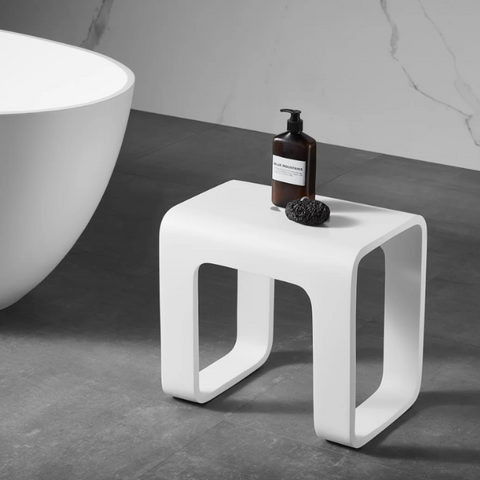
Shower seats are an essential fixture for ADA friendly accessories in bathrooms, particularly in shower areas. Shower seats provide stability and support, reducing the risk of slips, falls, and accidents while showering. They provide a secure place to sit and help individuals maintain their balance, especially for those with mobility impairments or conditions that make standing for prolonged periods difficult.
Size and Stability
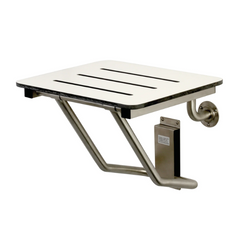
The shower seat should provide a stable and secure platform for individuals to sit on. It should have a minimum size of 24 inches (610 mm) in width and 16 inches (405 mm) in depth to accommodate a range of users. The seat should be securely mounted and capable of supporting a minimum static load of 250 pounds (113 kg).
Height
The top of the seat surface should be installed between 17 inches (430 mm) and 19 inches (485 mm) above the finished floor. This range is suitable for comfortable seating and facilitates easy transfer to and from the seat for individuals with disabilities.
ADA guidelines specify a minimum weight capacity for shower seats to ensure they can support individuals with different body weights. The minimum weight capacity typically ranges from 250 pounds (113 kilograms) to 350 pounds (159 kilograms), depending on the specific seat model.

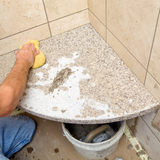
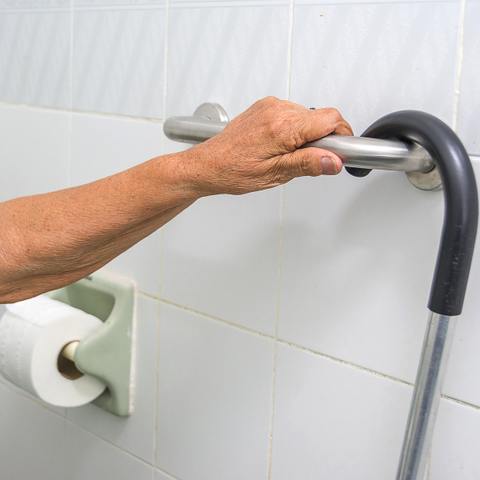
Grab bars are another fixture that supply safety and accessibility in bathrooms and other areas where individuals may require assistance or support. These bars provide stability and support, helping individuals with disabilities maintain balance, maneuver safely, and transfer in and out of various fixtures.
To meet ADA compliance standards, grab bars must adhere to specific weight and size requirements.
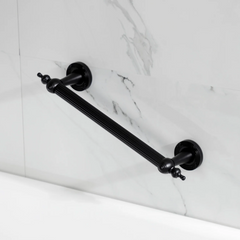

Diameter and Clearance Specifications: The diameter of the grab bar should be between 1.25 inches (3.18 cm) and 1.5 inches (3.81 cm) for a comfortable and secure grip. The clearance between the grab bar and the wall should be a minimum of 1.5 inches (3.81 cm) to allow for ample grabbing space.
Mounting Height Guidelines: ADA guidelines also provide specific mounting height guidelines for grab bars to obtain optimal accessibility. The height at which grab bars are installed depends on their location and purpose. For example, horizontal grab bars near toilets are typically mounted between 33 inches (83.82 cm) and 36 inches (91.44 cm) above the floor, while vertical grab bars for shower or bathtub areas are often mounted at varying heights to accommodate different users.
Some grab bars can be converted into a place to mount a hand shower by using a grab bar bracket. This allows the bar to be utilized both for safety and functionality if needed.
